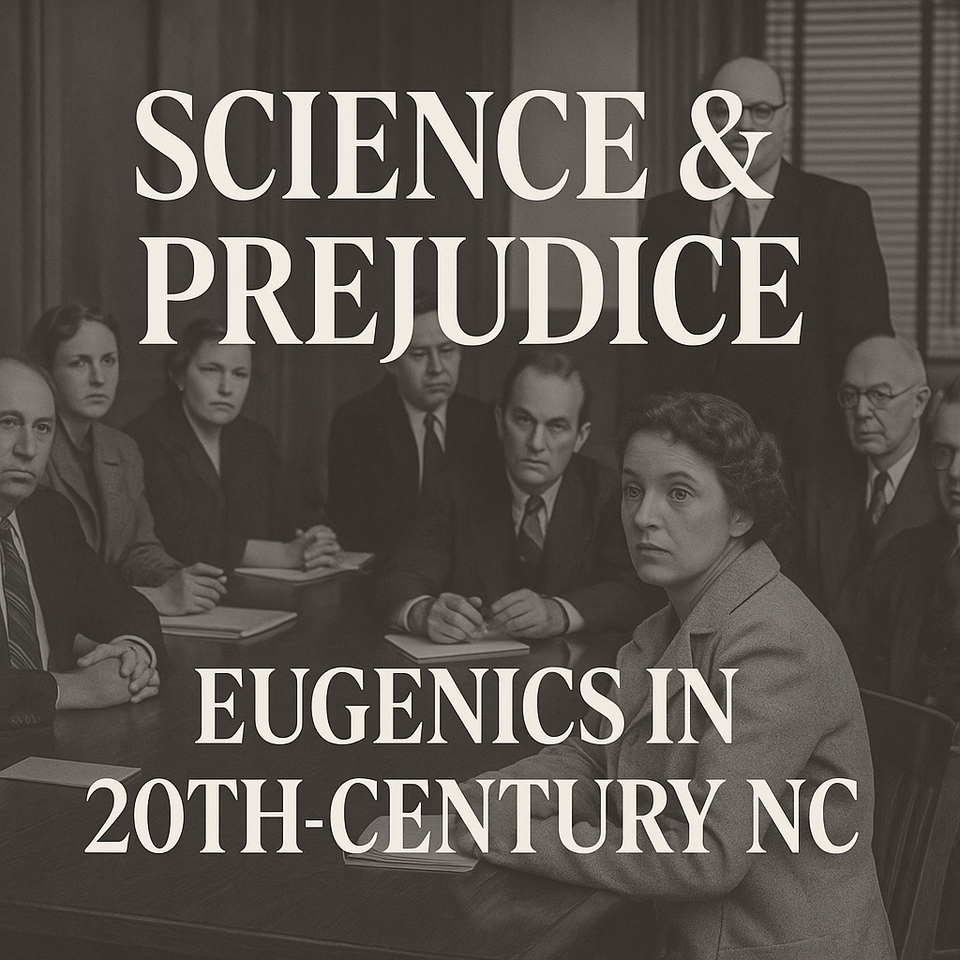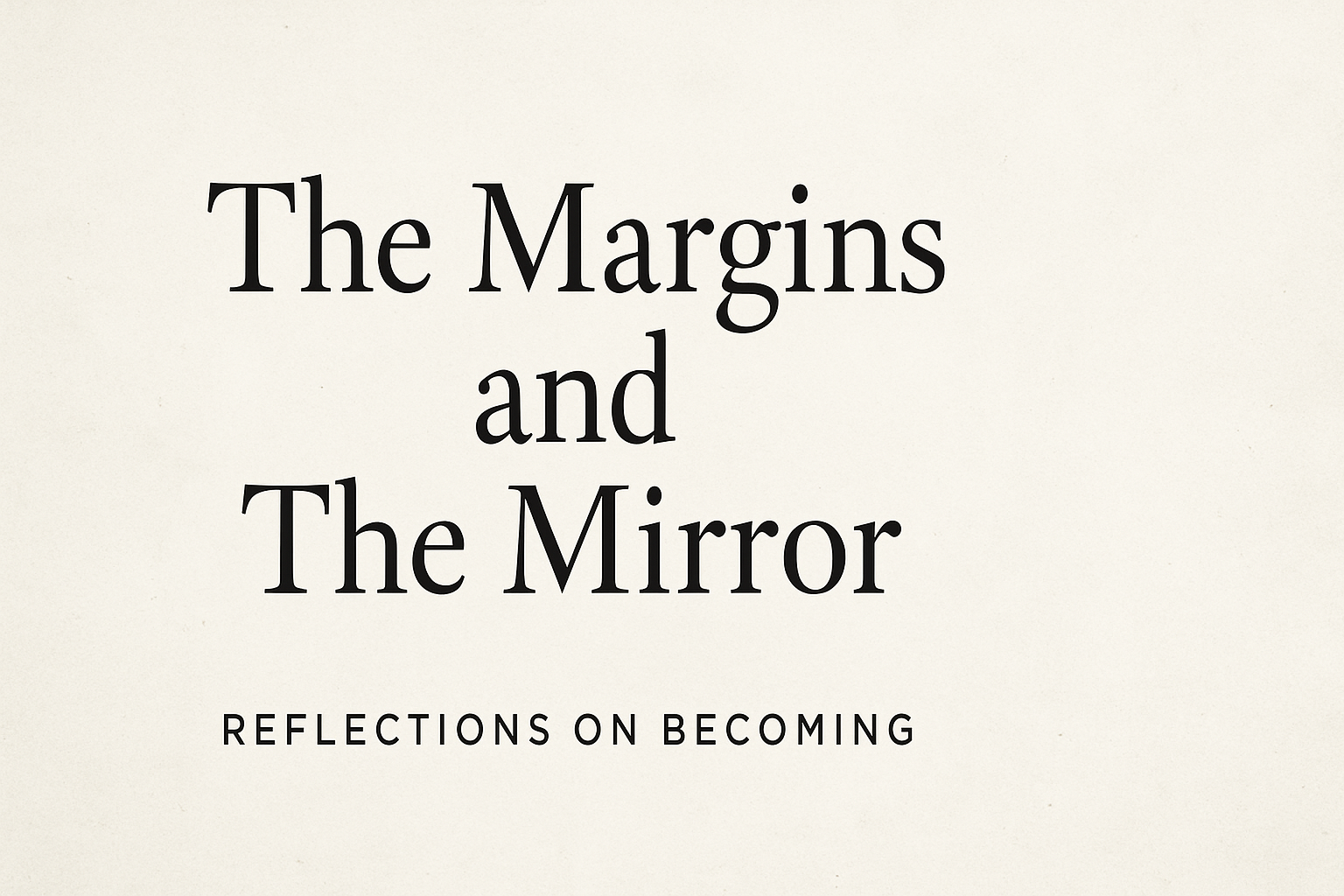🧱 Part II: Science & Prejudice — Eugenics in 20th-Century NC

For half a century, North Carolina weaponized science to manage race, poverty, and power. The state’s eugenics program—among the most aggressive in the U.S.—wasn’t just history. It was strategy.
When we talk about authoritarian rollback in American history, we often imagine violence, laws, or overt political suppression. But sometimes, rollback comes dressed as science.
From the 1920s through the 1970s, North Carolina ran one of the most expansive and aggressive eugenics programs in the United States. Over 7,600 people—many poor, Black, women, or disabled—were forcibly sterilized by the state. Most were given no choice. Some were children.
The goal wasn’t public health. It was control.
At the time, eugenics was marketed as “progress”—a bipartisan scientific consensus that the state should engineer a better society by removing “undesirable” genes. In truth, it was a racial and class-based political weapon used to reinforce white supremacy under the guise of reason.
North Carolina’s eugenics board operated long after most other states had slowed or stopped. Why? Because it was effective. It allowed political leaders to manage poverty and race “quietly.” Sterilizations surged after desegregation and welfare reform, often targeting young Black girls labeled “unfit” by teachers, social workers, or doctors.
This wasn’t an accident. It was policy.
And it fits the larger pattern: just as Fusion was destroyed by open violence, later gains in civil rights were targeted through technocratic means—legal, medical, and bureaucratic systems cloaked in neutrality but rooted in the same impulse to suppress.
📌 Coming Next:
Part III: Moral Momentum — Barber’s Poor People’s Campaign Today
→ As rollback continues, so does resistance. In Part III, we explore how Rev. William Barber’s Moral Monday movement revives the legacy of the Fusionists—unifying poor Black, white, and brown communities in a modern-day fight for moral and multiracial democracy.

